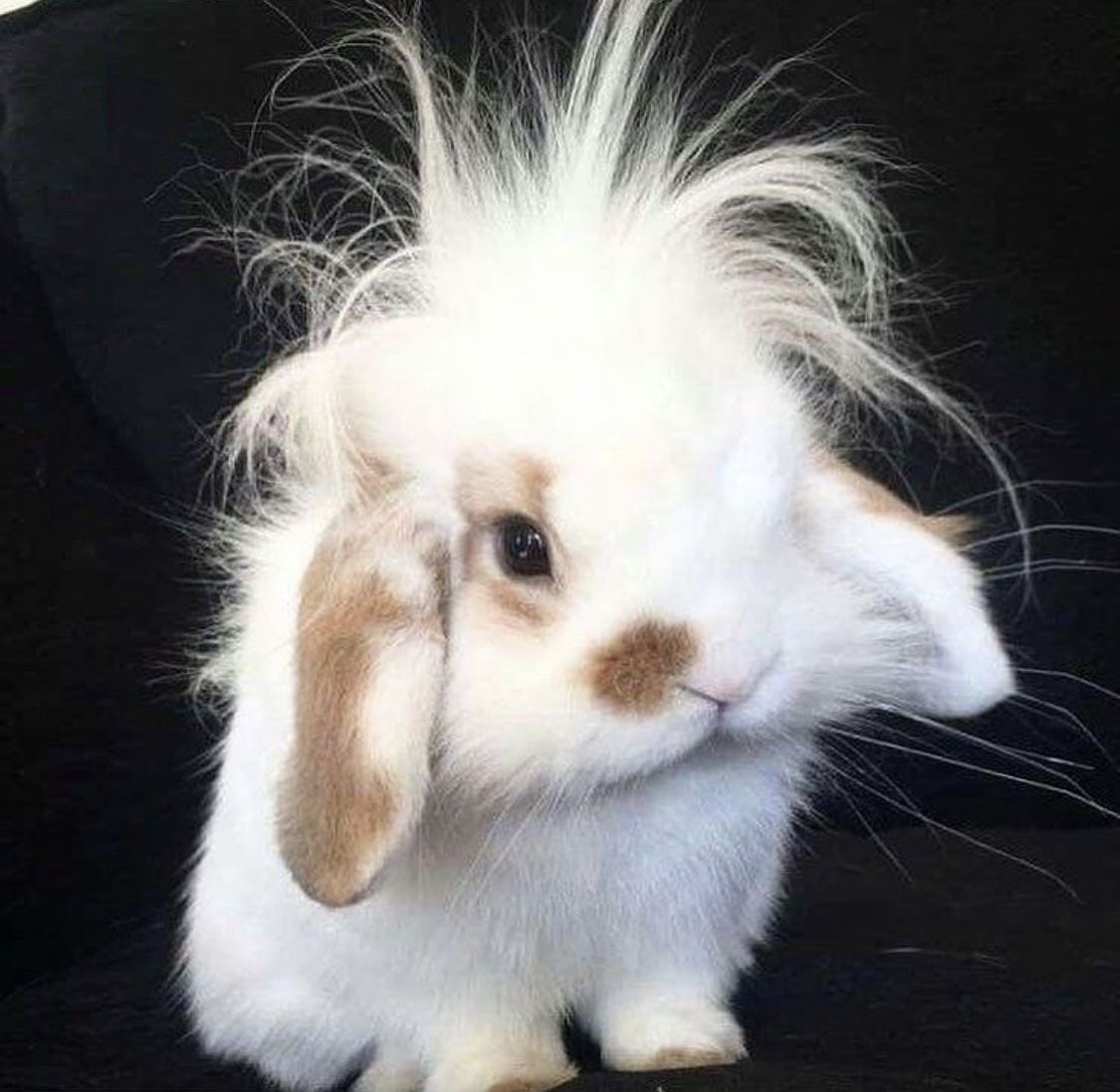B7 specification
Cards (39)
- Recall what an ecosystem is
- describe which resources animals compete for
- describe which resources plants compete for
- why do organisms compete?
- Explain the term 'interdependence'
- Explain the term 'stable community'
- Name some abiotic that affect communities
- Name some biotic factors that affect communities
- explain how a change in an abiotic factor might affect a community
- explain how a change in a biotic factor might affect a community
- Describe structural adaptations of organisms
- Describe behavioural adaptations of organisms
- Describe functional adaptations of organisms
- Describe what an extremophile is
- represent the feeding relationships within a community using a food chain & describe these relationships
- food chain!A) producerB) primaryC) secondaryD) tertiary
- Describe and interpret predator-prey cycles
- Explain how and why ecologists use quadrats and transects
- [Required practical 9]: measure the population size of a common species in a habitat. Use sampling to investigate the effect of one factor on distribution
- population size of organism in 1 area
- using transects
- estimating percentage cover of a quadrat
- Describe the processes involved in the water cycleA) transpirationB) condensationC) precipitationD) evaporation
- describe the processes involved in the carbon cycleA) photosynthesisB) respirationC) deathD) decayE) burning
- Describe what biodiversity is
- describe why biodiversity is important
- describe how human activities affect biodiversity
- describe the impact of human population growth & increased living standards on resource use
- describe impact of human population on waste production
- describe how pollution can occur
- impacts of pollution
- global warming
- destroying peat bogs
- Deforestation
- consequences of deforestation
- programmed aimed to reduce effects of humans on ecosystems
- programmed to reduce negative effects of humans on ecosystems
